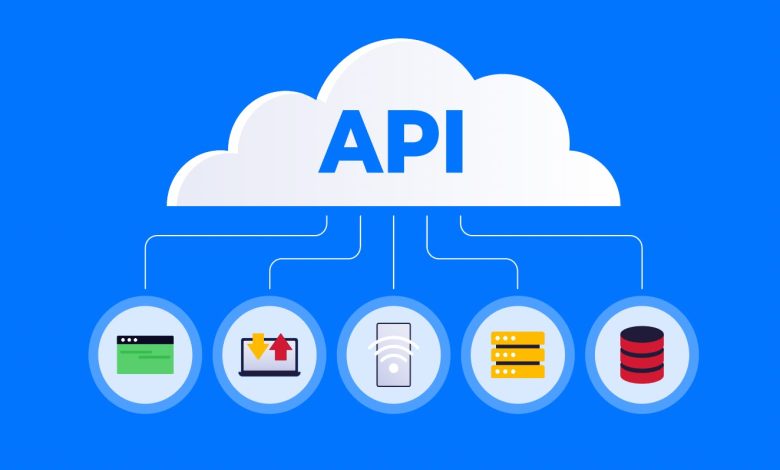Understanding the Role of APIs in Modern Applications

In today’s interconnected digital world, applications rarely exist in isolation. Whether it’s a mobile app fetching data from a server, an e-commerce site connecting to a payment gateway, or a weather widget pulling updates in real-time, all of this happens thanks to APIs.
APIs are the backbone of modern software development. In this article, we’ll break down what APIs are, how they work, why they’re crucial, and how they shape the future of web and mobile applications.
1. What Is an API?
API (Application Programming Interface) is a set of rules and protocols that allows one software application to interact with another.
Think of APIs as bridges: they allow two different systems to “talk” without knowing how the other system works internally.
✅ Example:
When you log in to a website using your Google account, the site uses Google’s OAuth API to verify your identity.
2. Types of APIs
There are different kinds of APIs, each serving unique purposes:
- REST APIs → Use HTTP methods (GET, POST, PUT, DELETE).
- GraphQL APIs → Allow clients to request exactly the data they need.
- SOAP APIs → Older, XML-based APIs often used in enterprise systems.
- WebSockets APIs → Enable real-time communication.
- Open APIs (Public APIs) → Available to external developers (e.g., Twitter API).
- Internal APIs → Used only within an organization.
3. How APIs Work
APIs typically work through requests and responses.
-
The client sends a request (e.g.,
GET /users/123). - The API server processes it.
- The server responds with data (e.g.,
{ "id": 123, "name": "Alice" }).
This makes APIs fundamental in client-server architecture.
4. Benefits of APIs
- Integration → Connect different apps and systems.
- Reusability → Use the same API across multiple projects.
- Scalability → Easily extend applications with new features.
- Security → APIs can manage authentication and access control.
- Faster Development → Use third-party APIs instead of reinventing the wheel.
5. Real-Life Examples of APIs
- Google Maps API → Embeds maps in websites and apps.
- Stripe API → Handles online payments.
- Spotify API → Provides access to playlists, tracks, and recommendations.
- OpenWeather API → Supplies weather data for apps.
6. REST vs GraphQL
- REST API: Fixed endpoints (
/users,/posts). May overfetch or underfetch data. - GraphQL: Flexible queries where the client specifies exactly what data is needed.
✅ Example:
- REST →
/users/123/postsreturns all posts. - GraphQL →
{ user(id:123) { posts { title } } }returns only post titles.
7. APIs in Mobile and Web Development
Modern apps rely heavily on APIs:
- Mobile apps use APIs to sync data with servers.
- Web apps fetch data dynamically via APIs (AJAX or GraphQL queries).
- IoT devices connect via APIs to cloud services.
Without APIs, most apps would be static and isolated.
8. API Authentication & Security
Since APIs expose data and services, security is critical. Common methods include:
- API Keys → Simple but less secure.
- OAuth 2.0 → Standard for user authentication (used by Google, Facebook).
- JWT (JSON Web Tokens) → Secure token-based authentication.
- Rate Limiting → Prevents abuse of APIs.
9. The Role of APIs in Business
APIs are not just technical tools—they drive business innovation:
- Enable partnerships (e.g., Uber integrates with Google Maps).
- Open new revenue streams (e.g., paid APIs).
- Provide flexibility for scaling applications.
10. The Future of APIs
APIs will continue evolving with:
- AI-powered APIs → Providing services like natural language processing.
- Serverless APIs → Running functions on-demand in the cloud.
- Edge APIs → Executing closer to users for faster responses.
- API-first development → Designing APIs before building apps around them.
Conclusion
APIs are the connective tissue of modern applications. They allow systems to communicate, enable integrations, and make scalable, feature-rich applications possible.
For developers, mastering APIs—understanding how they work, how to secure them, and how to build them—is an essential skill for building modern web and mobile solutions.

